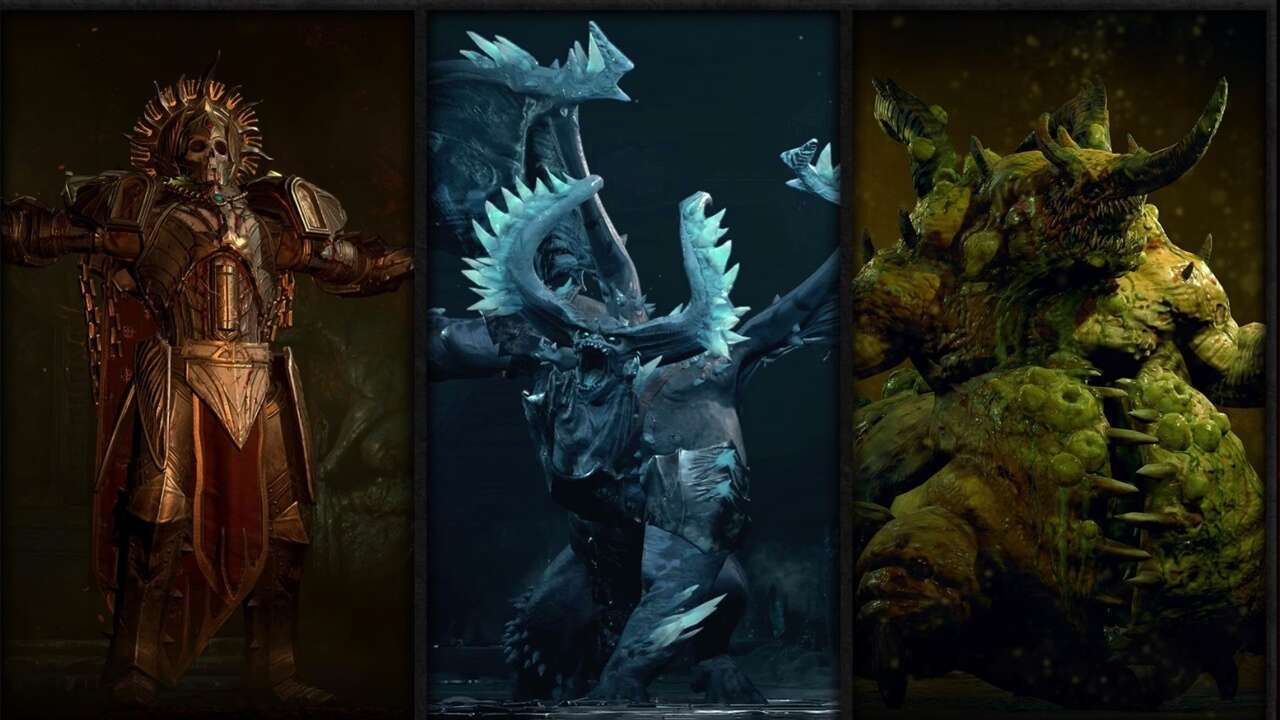

Technology
Secure and Fast Diablo 4 Items for Sale at U4GM
Diablo 4 is an action-packed, monster-hunting, and trea [ ]
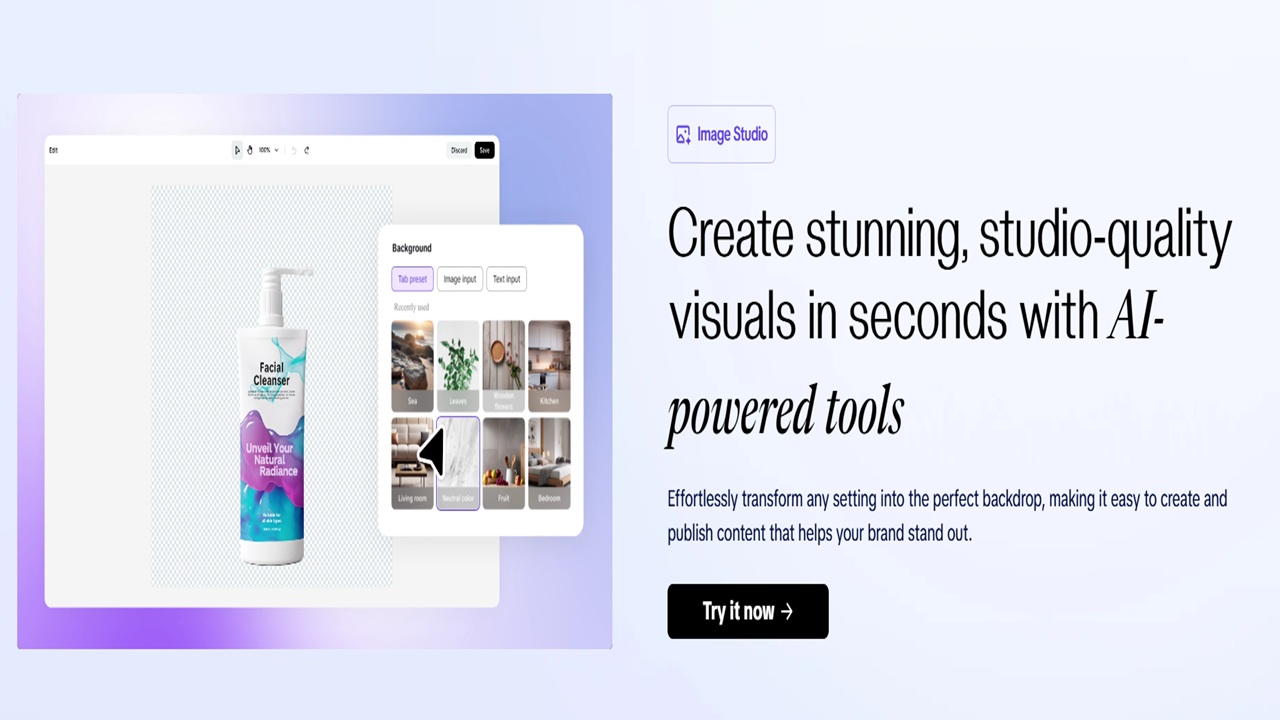
Technology
Vision Board Ideas for Entrepreneurs with Pippit AI by CapCut
Businesses operate at such rapid speeds that clarity fu [ ]
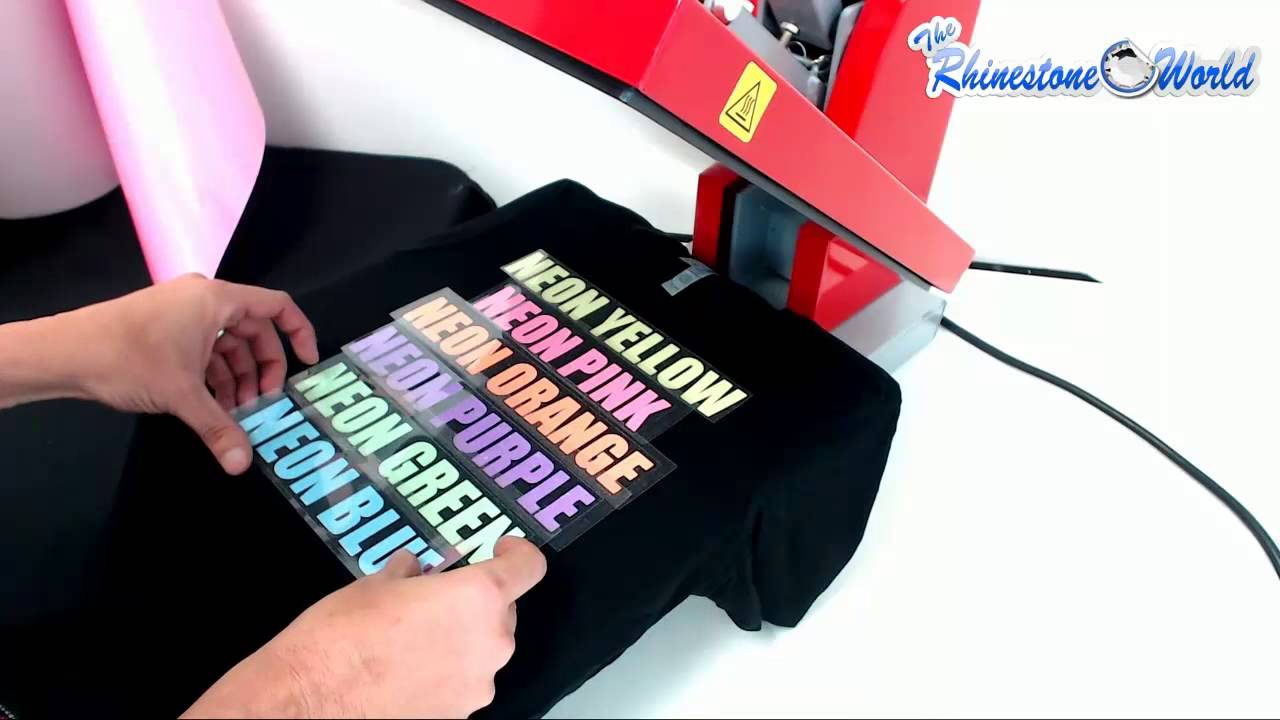
Business
How to Choose the Best Supplier for Wholesale Ready to Press Heat Transfers
Selecting the right wholesale ready to press heat trans [ ]

Technology
Using Gauth to Craft an Impressive Personal Statement for Law School
To make a difference in law school applications there m [ ]

Technology
Label Tension Control in Pharmaceutical Wrap Around Labeling
Pharmaceutical wrap-around labeling demands high precis [ ]
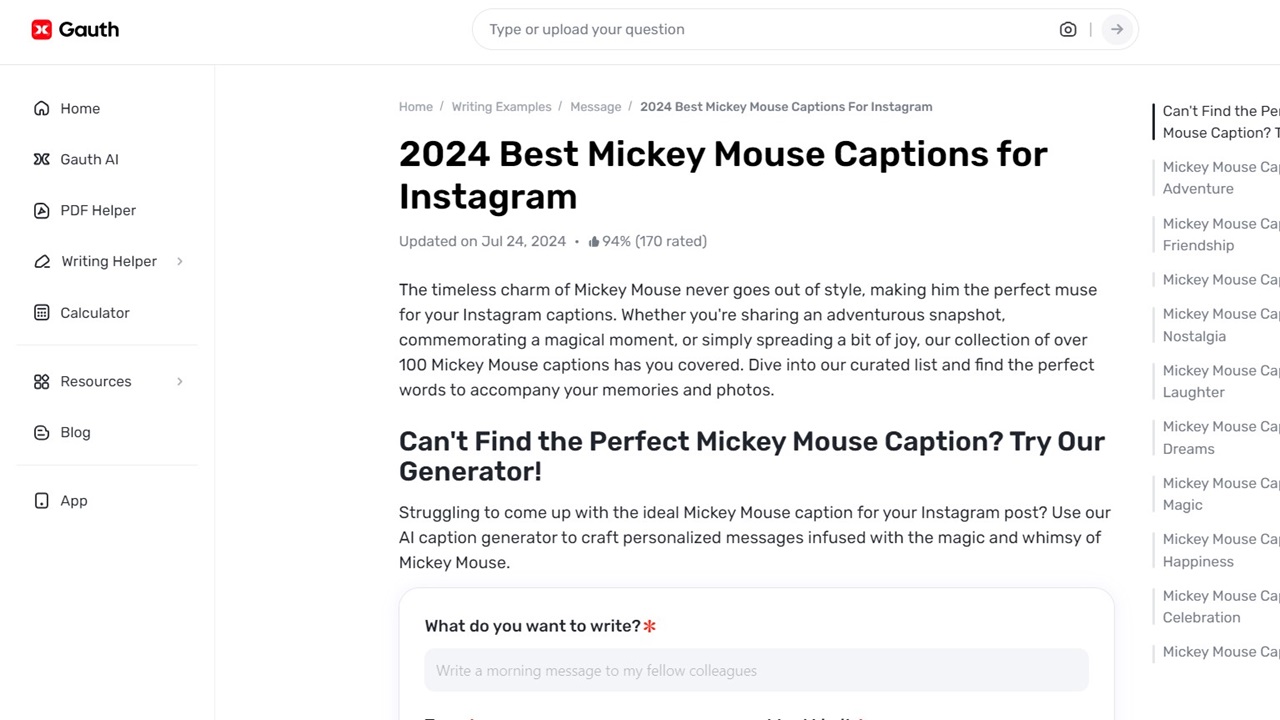
Technology
How Gauth Assists in Writing Mickey Mouse Captions for All Occasions
It is always entertaining to share the cuteness and the [ ]

Technology
How Can You Explain The Working Principle of a Variable Speed Compressor?
Air compressors are an effective means for carrying out [ ]

Technology
Material Selection in Forging Electric Bike Parts: Aluminum vs. Steel Alloys
When it comes to crafting the components that power our [ ]
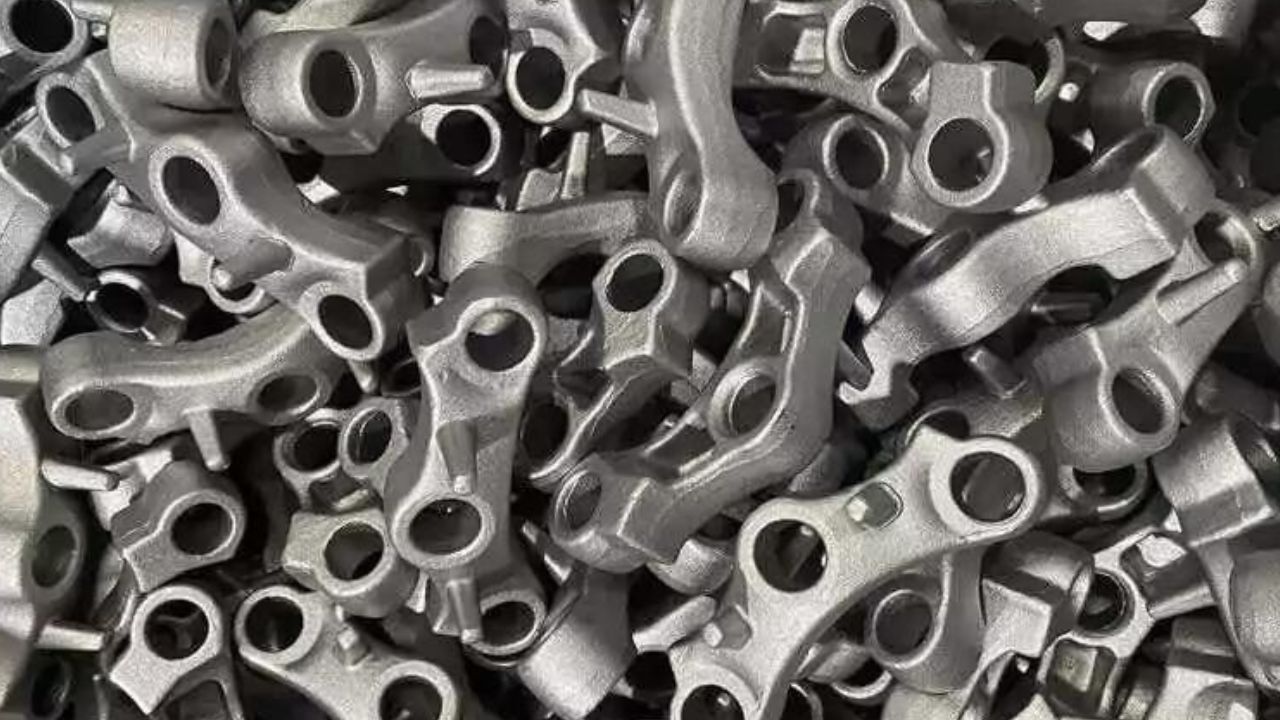
Technology
Advantages & Disadvantages of Warm Extrusion Process
The warm extrusion process is a specialized manufacturi [ ]
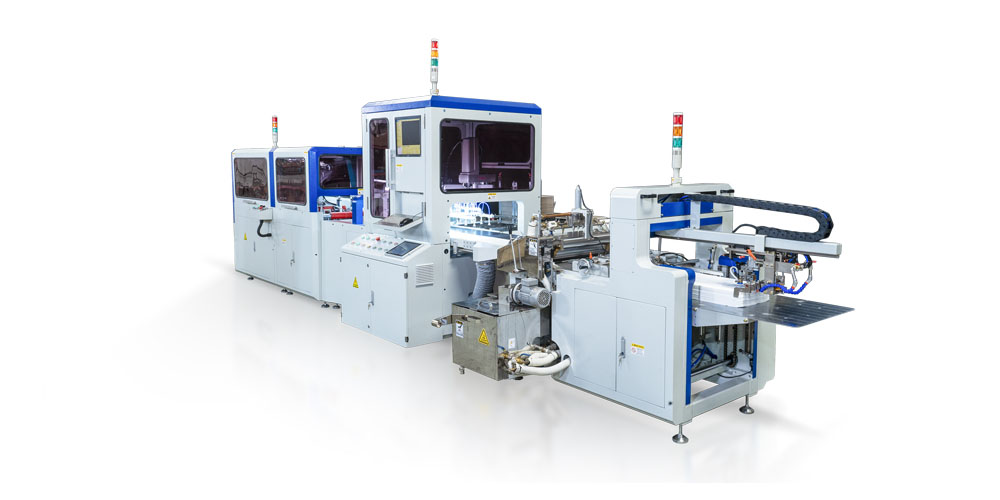
Business
What Do You Know About Working With Multifunctional Case-Making Machines?
The increasing technology has made it very easy to prot [ ]
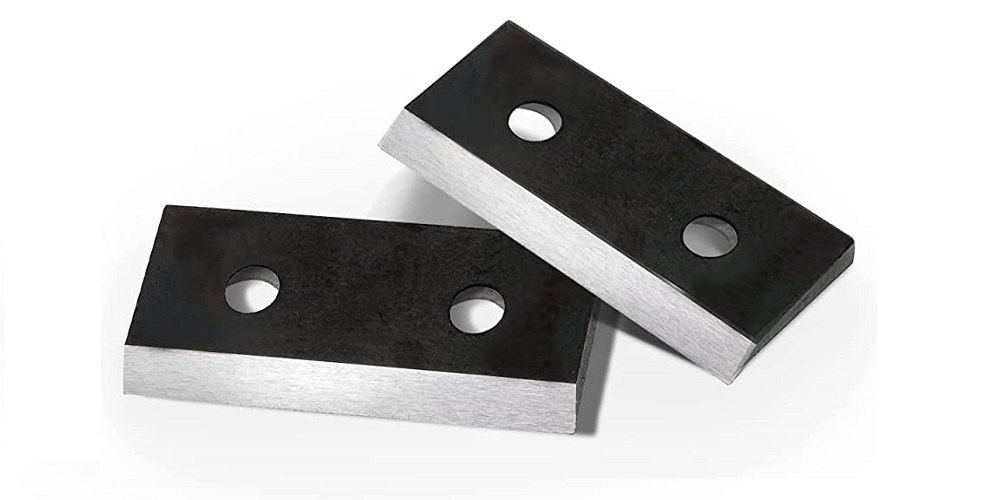
Technology
Maximizing the Lifespan of Chipper Shredder Wear Parts
Powerful chipper shredders are used to process waste ma [ ]
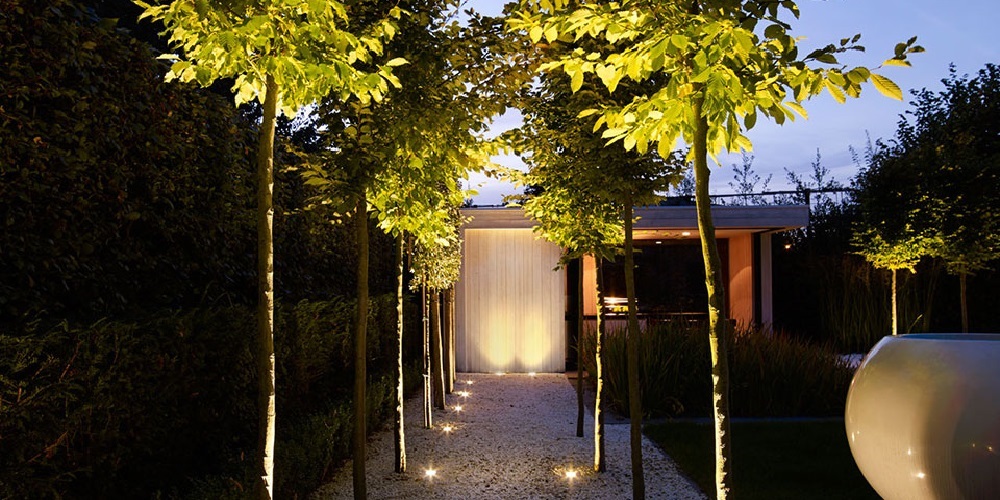
Industry
The fundamental core values of LED lighting
Everyone tends to have the most suitable and unique thi [ ]
